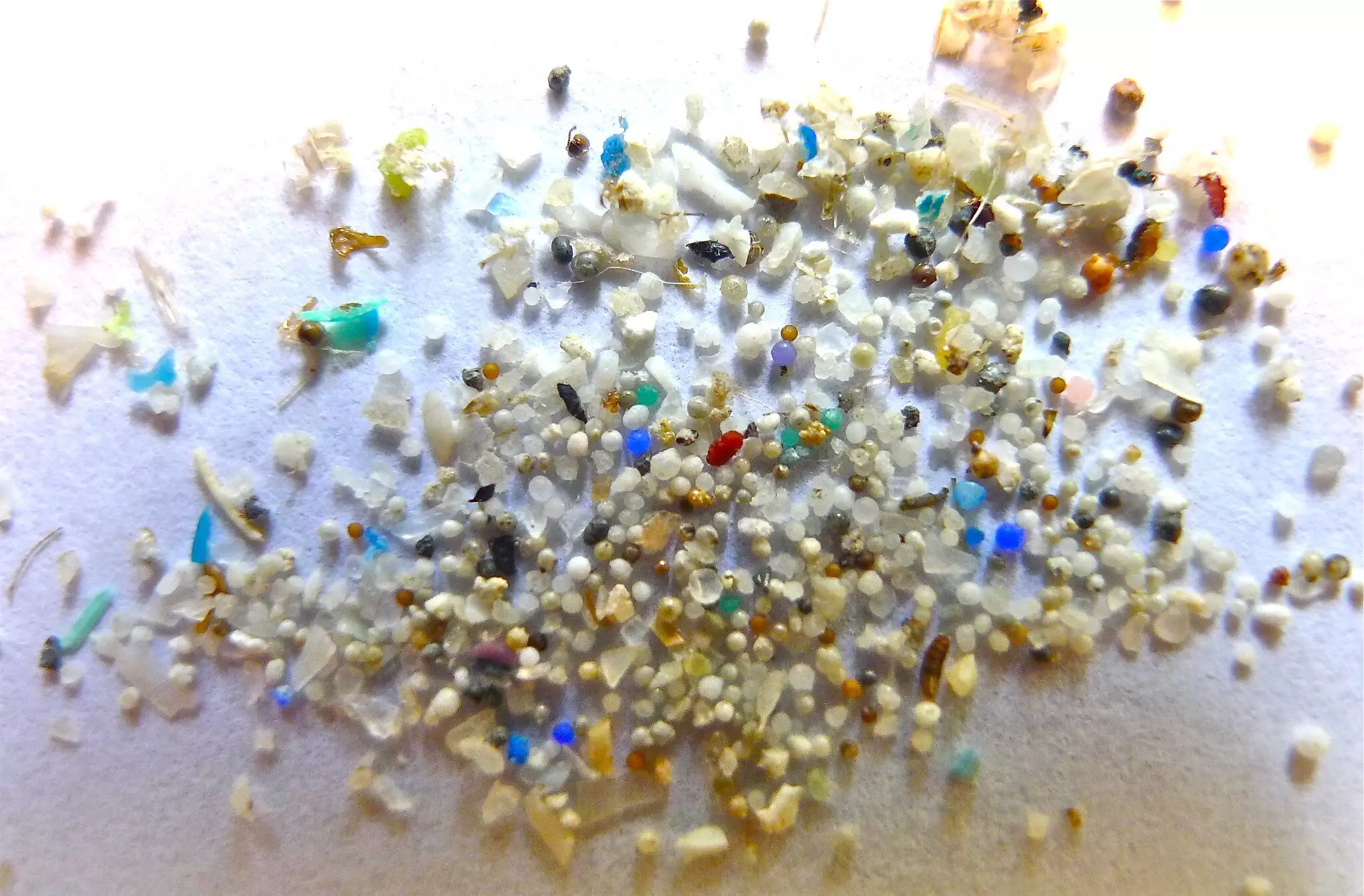CSIR-NIO's study on microplastics reveals extent of pollution on Goa coast
The NIO has established the country's first laboratory dedicated to microplastic research
By Newsmeter Network
Representational Image
Panaji: The CSIR-National Institute of Oceanography's study on microplastics over the last decade has been instrumental in uncovering the extent of pollution on Goa's coast.
The CSIR-National Institute of Oceanography (NIO) in Dona Paula began its research on microplastics in 2013-14 with the partial support of the state and Central governments.
A team of researchers led by principal scientist Dr Mahua Saha has been collecting samples from beaches littered with plastic bottles and other waste to study the presence and impact of microplastics.
Talking to PTI, CSIR director Dr Sunil Kumar Singh said the problem is that microplastics in water (rivers and sea) have started making their way into food and entering human bodies.
He said plastic waste breaks down into microplastics, enters the water system, and subsequently into the food chain through fish and other marine life consumed by humans.
The NIO has established the country's first laboratory dedicated to microplastic research.
Principal scientist Dr Saha said from pieces of discarded plastic products, such as bottles and bags, to particles from paint coatings, microplastics are studied in depth to reveal their impact on the environment and human health.
"We have to identify every particle and its polymer. So, from the polymer, we find out the source of the microplastic. If the microplastic is polyethene, the particle might have come from packaging material," she said.
Saha said in Goa, where fish is consumed predominantly, the research team's task is to identify microplastics in seafood.
Director of Science and Technology Dr Ankit Yadav (IAS) said his department, through the Goa Waste Management department, has been working to reduce marine litter and to improve the system and the policies.
Inputs from PTI